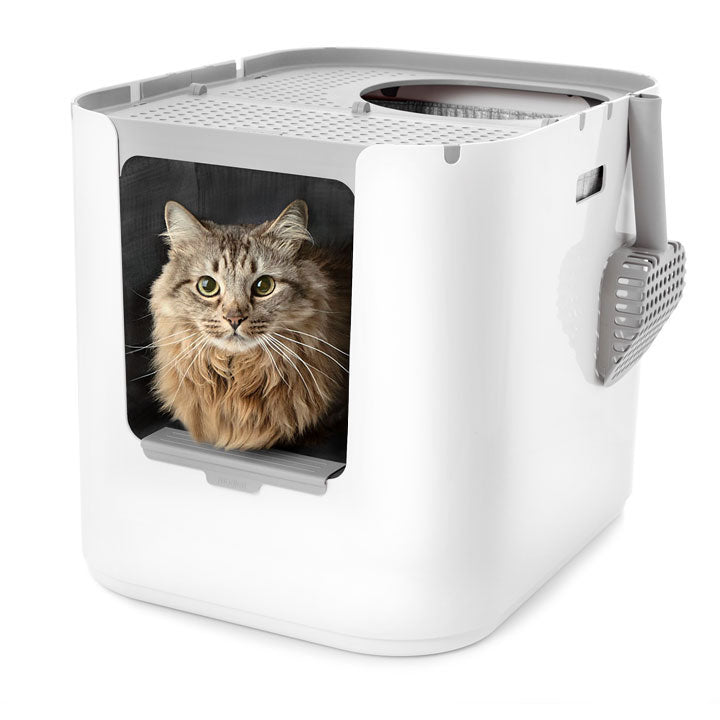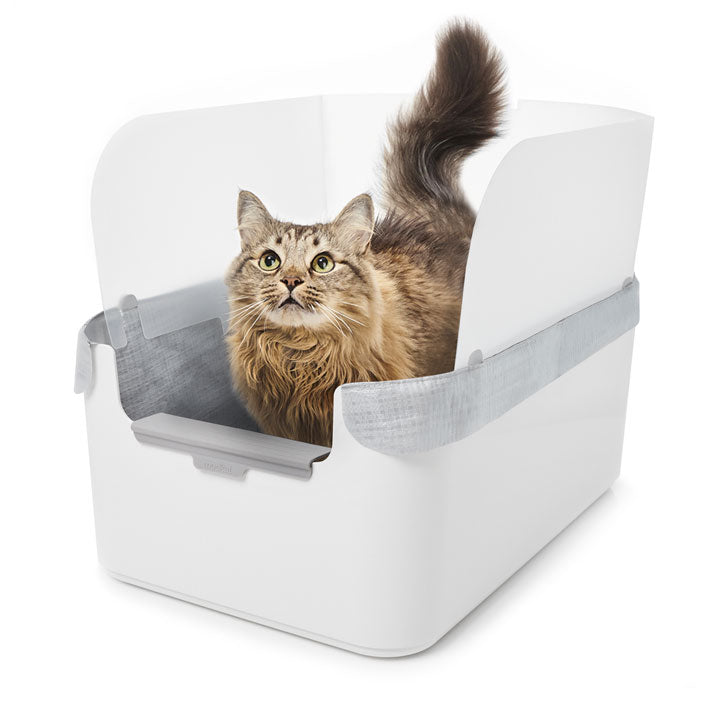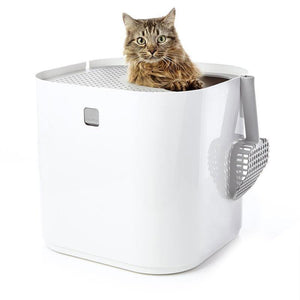Litter Boxes
Accessories
Liners
Cats' amazing ability to survive falls.

Does your cat look like a daredevil acrobat when she's playing alone?
It's common for cats to perform feats that dogs, birds, and other household pets could never hope to accomplish. The cats themselves, however, never seem to think twice about taking a gravity-defying leap.
Why can some cats survive high falls without hurting themselves? Do cats really have nine lives? Or does the answer lie in a combination of genetics, physics, evolutionary biology, and feline physiology?
Science offers an explanation for cats' amazing ability to survive falls.
In the wild, cats are frequent tree dwellers. Like monkeys, snakes, squirrels, and other arboreal residents, cats take the occasional tumble from a limb. Nature prepared them to handle it.
Cats possess a righting reflex. They can twist in midair so their feet are under them when they land. This reflex keeps them from grinding into the ground face first or back first. Plus, cats have no working clavicles, flexible backbones, powerful back legs, and low body weight. These things work together to minimize the impact of a fall.
Can cats really survive a high fall?
Yes! In fact, the higher the fall, the more likely a cat is to survive it.
The BBC tells us that "In a 1987 study of 132 cats brought to a New York City emergency veterinary clinic after falls from high-rise buildings, 90% of treated cats survived and only 37% needed emergency treatment to keep them alive."
According to Knowledge of Living, humans that fall over 10 stories have a 5% chance of living to tell the story, but cats have a 95% chance of surviving the same fall.
Why? The answer lies in terminal velocity.
Terminal velocity is defined as the speed at which a freely falling object (or cat) encounters as much wind resistance as it does gravitational pull. It's the speed at which acceleration stops.
Cats reach terminal velocity at 60 mph - or about five stories of free fall - whereas humans don't reach that same speed until 120 mph.
Also, cats can sense when they're accelerating. They know when they've reached terminal velocity, and they relax. Their ability ability to relax while falling through the air at 60 mph is a big help.
Cats don't generally survive falls from just any height, though. Launching from an airplane in flight or the top of a New York skyscraper, for instance, won't have a happy ending.
But one lucky kitty did fall 32 stories and kept its life and wits. In fact, that cat walked away with a chipped tooth and a collapsed lung. Of course, that's an outlier. Vesna Vulović, a human being, won recognition for surviving at 10,000 foot fall without a parachute, but most people wouldn't try it.
Despite their aerial skill, many cats get injured in high falls, which is why we feline companions need to keep tight screens, closed windows, and sharp eyes.
Do cats always land on their feet?
Always? No. But often? Yes.
This National Geographic video helps explain why.
It says the righting reflex we talked about earlier happens in a precise and predictable way. First, cats right their heads, then their front legs. Meanwhile, they splay their back legs. This odd juxtaposition keeps the cat from spinning in the air the whole time they're falling. Only after righting its front half does the cat bring around its back legs to land first on its front paws and then on its hind paws while arching its back.
Still, cats don't always land feet first. A fall from several feet or even a few stories is not the same as a jump from the top of a Manhattan fire escape. Some cats attempt to leap from crazy heights. In fact, this behavior is so common, feline experts call it high rise syndrome.
Sadly, broken bones, crushed teeth, internal injuries, and worse can result. Many cats survive the fall but then get lost on the unfamiliar streets. It's always safest to keep your cat inside even during these balmy spring days.
What have humans learned from cats' amazing ability to survive falls?
Early space explorers used cats in a study of weightlessness. Researchers in that 1969 experiment discovered that cats in a gravity-free environment no longer had the ability to right themselves. They used these cats' responses to help astronauts orient themselves in weightless conditions.
Final thoughts.
Our cats are amazing animals. They're graceful, skillful, and lithe. A healthy cat at its ideal weight can enjoy doing more acrobatic stunts than an unhealthy or overweight cat. It's one more reason to keep our furry friends in peak condition. 🐈
“It looks nicer than any other hooded or open option we considered.”

Purrr News.
Join our email list and get exclusive access to new products, the best cat litter box health articles, and 10% off your first order!
Similar products related to this blog:
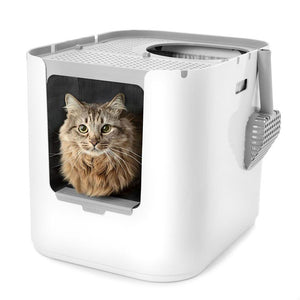
"It looks nicer than any other hooded or open option we considered."

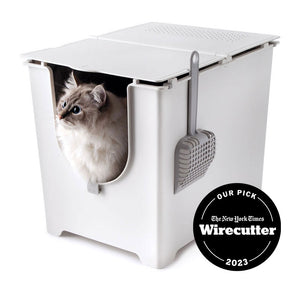
"This litter box keeps everything in, nothing gets out the sides."
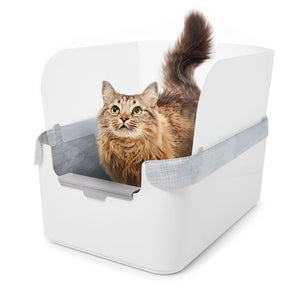
"My beautiful ragdoll cat and I both love the new Modkat Litter tray!"

